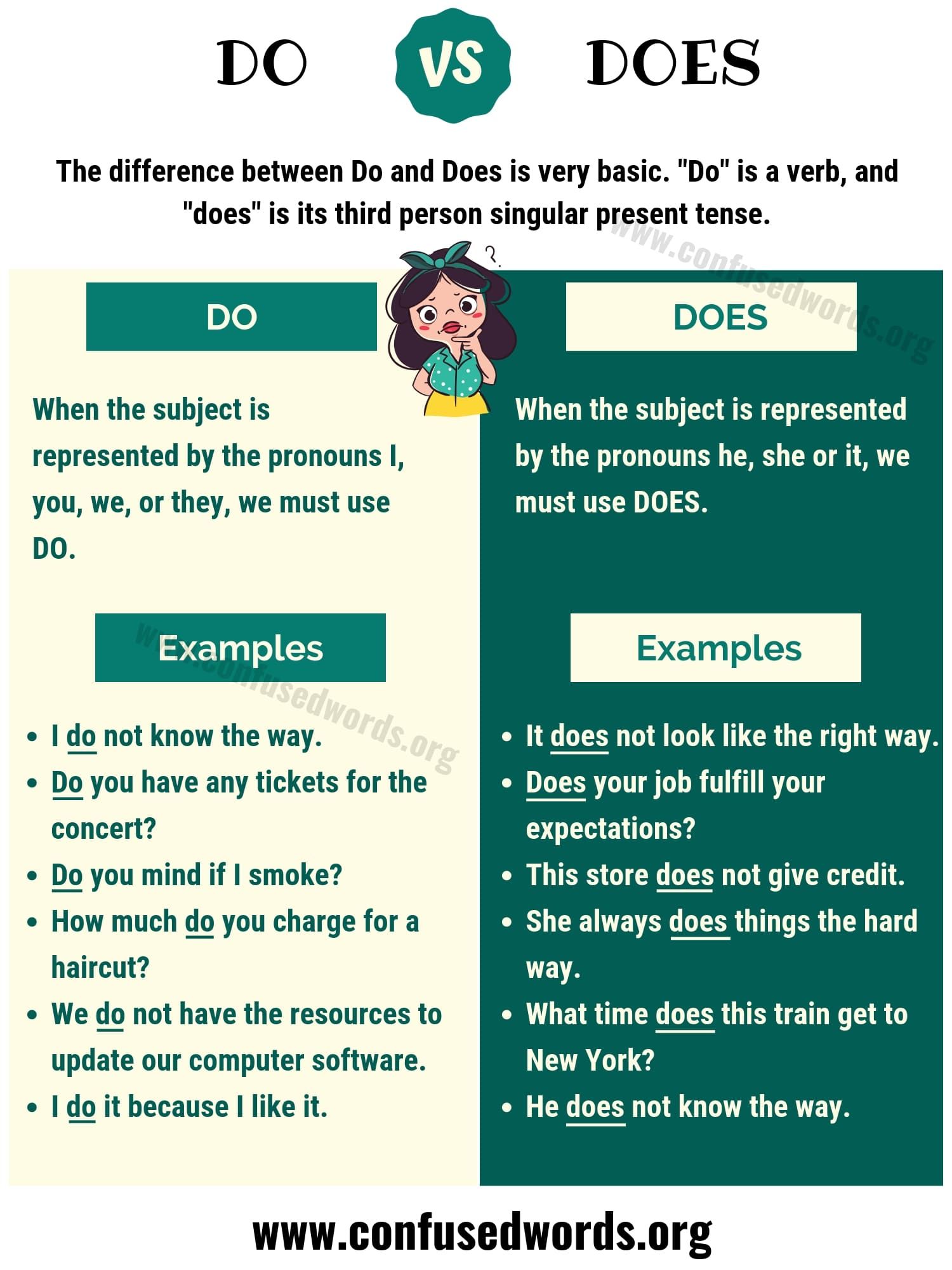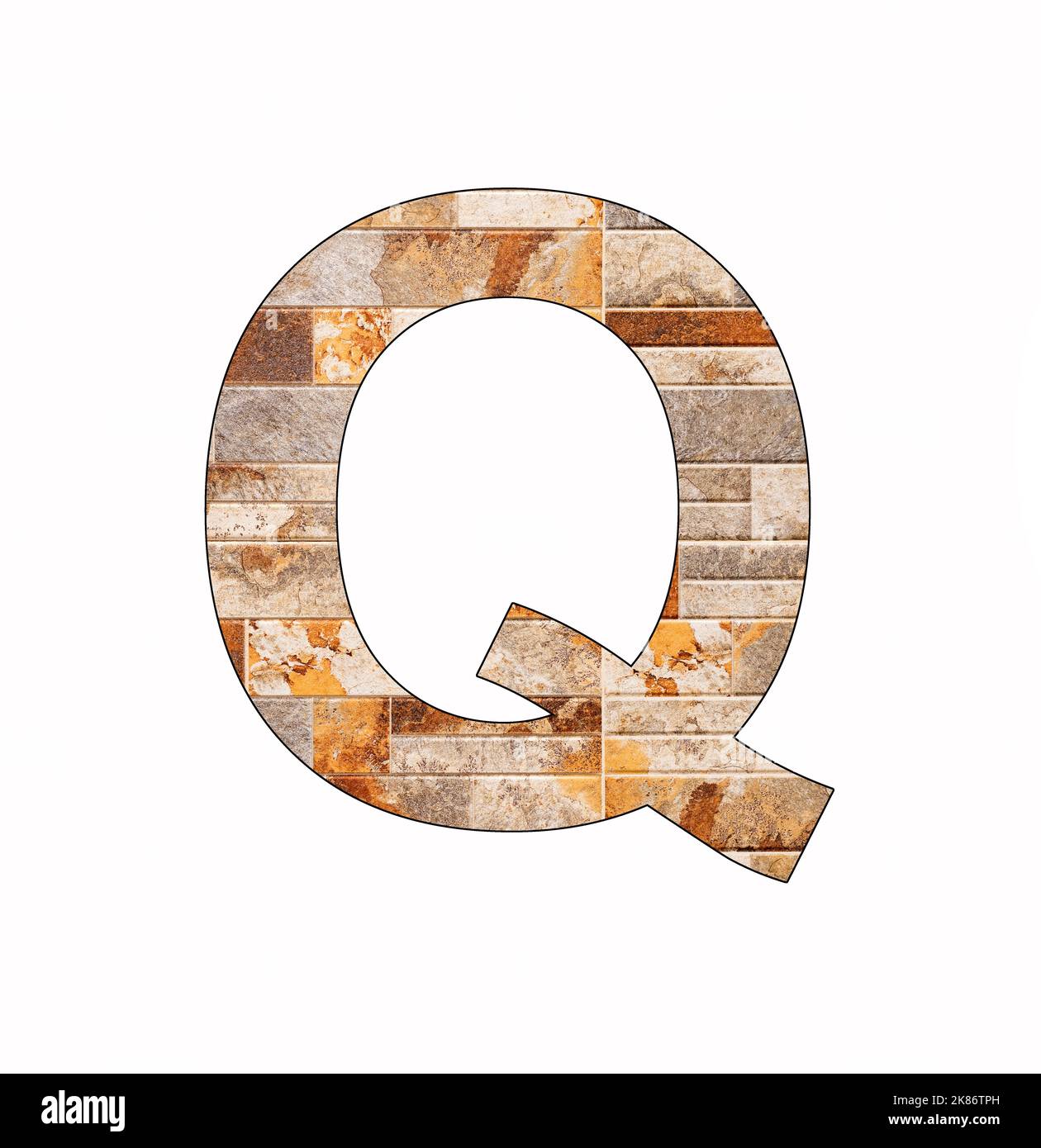Today Top Secret Clearance

The world of security clearances is a fascinating and intricate one, often shrouded in a veil of secrecy and intrigue. While the term "top secret clearance" may evoke images of spies and clandestine operations, it is, in reality, a vital component of many professional domains, especially in the realm of national security and sensitive information.
In this article, we delve deep into the concept of Top Secret Clearance, exploring its intricacies, its role in various industries, and the impact it has on the individuals who possess it. By examining real-world examples and industry insights, we aim to provide a comprehensive understanding of this exclusive designation.
Understanding Top Secret Clearance

At its core, a Top Secret Clearance is a security clearance level granted by a government agency to an individual, allowing them access to highly sensitive, classified information. This clearance is the highest level of security clearance in many nations and is a critical tool in safeguarding national security and intelligence operations.
The term "top secret" is not used lightly. Information classified as top secret is considered exceptionally sensitive, and its unauthorized disclosure could cause exceptional grave damage to national security. This level of classification is reserved for the most critical and confidential data, including intelligence, military strategies, and state secrets.
To obtain a Top Secret Clearance, individuals undergo an extensive and rigorous background investigation. This process is designed to ensure that only the most trustworthy and reliable individuals are granted access to such sensitive information. The investigation typically includes in-depth interviews, financial checks, criminal record searches, and verification of personal references.
The Background Investigation Process
The background investigation for a Top Secret Clearance is a comprehensive review of an individual’s life, often spanning several decades. Here’s a breakdown of the key components:
- Personal History: Investigators examine an individual's entire life history, including their education, employment, and residential records. This involves verifying every address, school, and job listed on their application.
- Criminal Records: A thorough search is conducted for any criminal history, including minor offenses and arrests. Even if the charges were dropped or the individual was found not guilty, these records are carefully scrutinized.
- Financial History: Financial stability is a significant factor in the investigation. Investigators look for any signs of financial distress, debt, or potential vulnerabilities that could be exploited by adversaries.
- Psychological Evaluation: Some clearance processes include psychological assessments to evaluate an individual's mental health, stability, and potential for trustworthiness.
- Reference Checks: Personal and professional references are contacted to verify the individual's character, integrity, and reliability.
The investigation process is not only extensive but also highly personalized. Investigators may delve into an individual's social media presence, interview their friends and family, and even conduct surveillance to ensure that no potential risks are overlooked.
| Clearance Level | Risk to National Security |
|---|---|
| Top Secret | Exceptionally High |
| Secret | High |
| Confidential | Moderate |

Note: The above table provides a simplified comparison of different clearance levels and their associated risks. In reality, the nuances of each level are far more complex.
Who Holds Top Secret Clearance?

Top Secret Clearance is a highly exclusive designation, held by a relatively small portion of the population. While exact numbers are often classified, it is estimated that only a few hundred thousand individuals worldwide hold this clearance.
The majority of Top Secret Clearance holders are employees of government agencies, particularly those involved in national security, intelligence, and defense. These individuals work in various roles, including intelligence analysts, military personnel, diplomats, and law enforcement officers.
Beyond Government Agencies
However, Top Secret Clearance is not limited to government employees. In fact, a significant number of clearance holders work for private companies that contract with government agencies. These contractors provide critical support services, such as intelligence analysis, cyber security, and technical expertise, to various government departments.
For example, many large defense contractors, such as Lockheed Martin and Boeing, employ individuals with Top Secret Clearance to work on highly sensitive projects, often related to military technology and defense systems.
Additionally, certain industries, such as nuclear power and aerospace, may require their employees to hold Top Secret Clearance due to the sensitive nature of their work and the potential impact on national security.
The Impact of Top Secret Clearance
Holding a Top Secret Clearance can have a significant impact on an individual’s life and career. It opens doors to some of the most prestigious and important roles in the world, offering a sense of purpose and the opportunity to make a meaningful contribution to national security.
Career Opportunities
Individuals with Top Secret Clearance are highly sought after in their respective fields. They often have access to unique career paths and can work on projects that are at the forefront of their industries. For example, an intelligence analyst with Top Secret Clearance may work on high-profile counterterrorism operations, while a military officer with the same clearance might lead sensitive missions abroad.
The clearance also provides a level of job security, as these roles are often in high demand and offer competitive salaries and benefits. Moreover, the skills and knowledge gained through these positions are highly transferable, allowing clearance holders to move between different government agencies and private sector organizations.
Lifestyle and Personal Life
However, the clearance also comes with a set of unique challenges and responsibilities. Top Secret Clearance holders are subject to ongoing monitoring and background checks to ensure they remain trustworthy. They must adhere to strict security protocols and may have limited access to certain personal freedoms, such as traveling to specific countries or engaging in certain activities that could compromise their security clearance.
Additionally, the clearance can impact an individual's personal life. Maintaining a Top Secret Clearance requires a high level of personal integrity and discretion. Clearance holders must be vigilant about protecting classified information and may need to avoid certain discussions or activities that could potentially compromise their security clearance.
The Future of Top Secret Clearance
As technology advances and the world becomes increasingly interconnected, the role of Top Secret Clearance is likely to evolve. While the core principles of trustworthiness and reliability will remain, the way in which clearance is granted and managed may undergo significant changes.
Emerging Technologies and Challenges
With the rise of artificial intelligence, big data, and advanced analytics, the volume and complexity of classified information are increasing rapidly. This presents both opportunities and challenges for Top Secret Clearance holders and the organizations that employ them.
On one hand, advanced technologies can enhance the efficiency and effectiveness of security clearance processes, providing more robust tools for background investigations and ongoing monitoring. On the other hand, these technologies also introduce new risks and vulnerabilities, such as cyber threats and data breaches, which must be carefully managed.
Global Collaboration and Standards
As global security threats become more complex and interconnected, there is a growing need for international collaboration and the sharing of sensitive information. This trend is likely to lead to the development of international standards and frameworks for security clearances, ensuring that individuals working across borders meet consistent trustworthiness and reliability standards.
Additionally, with the increasing complexity of global supply chains and the outsourcing of critical services, there is a growing emphasis on the security clearance of third-party contractors and suppliers. This trend is likely to continue, requiring more robust security clearance processes for non-government employees working on sensitive projects.
Conclusion

Top Secret Clearance is a designation of exceptional trust and responsibility. It opens doors to some of the most critical and important roles in society, while also imposing unique challenges and restrictions on the individuals who hold it.
As we navigate an increasingly complex and interconnected world, the role of Top Secret Clearance will continue to evolve, adapting to new technologies, global threats, and the changing landscape of national security. Understanding this designation and its impact is crucial for anyone involved in the fields of national security, intelligence, and defense, as well as for the wider public who benefit from the work of these dedicated professionals.
Frequently Asked Questions
How long does it take to obtain a Top Secret Clearance?
+The duration of the Top Secret Clearance process can vary significantly depending on several factors, including the complexity of the background investigation, the availability of records, and the current workload of the security clearance agency. On average, it can take anywhere from several months to over a year to complete the process. However, in some cases, especially for individuals with extensive international travel or complex financial histories, the investigation can take significantly longer.
What are the potential risks associated with holding a Top Secret Clearance?
+Holding a Top Secret Clearance comes with a set of unique risks and responsibilities. Clearance holders must be vigilant about protecting classified information at all times. Unauthorized disclosure of sensitive information can lead to severe legal consequences, including fines and imprisonment. Additionally, clearance holders are subject to ongoing monitoring and background checks, which can impact their personal life and freedom.
Can a Top Secret Clearance be revoked?
+Yes, a Top Secret Clearance can be revoked if an individual is found to have engaged in conduct that raises security concerns. This can include criminal activity, financial misconduct, drug abuse, or any behavior that indicates a lack of trustworthiness or reliability. Clearance holders are required to report any significant changes in their personal circumstances, such as divorce, financial difficulties, or criminal charges, which may prompt a review of their clearance.
Are there any age restrictions for obtaining a Top Secret Clearance?
+While there is no strict age limit for obtaining a Top Secret Clearance, the process typically requires a certain level of maturity and life experience. Most individuals who successfully obtain this clearance are in their late 20s or older. Younger applicants may face additional scrutiny during the background investigation, as they may have a shorter history to evaluate.
What are the key differences between Top Secret Clearance and other security clearance levels?
+Top Secret Clearance is the highest level of security clearance and is reserved for the most sensitive and critical information. It is designed for individuals who require access to information that, if disclosed, could cause exceptionally grave damage to national security. Other security clearance levels, such as Secret and Confidential, provide access to less sensitive information and have less stringent background investigation requirements.



